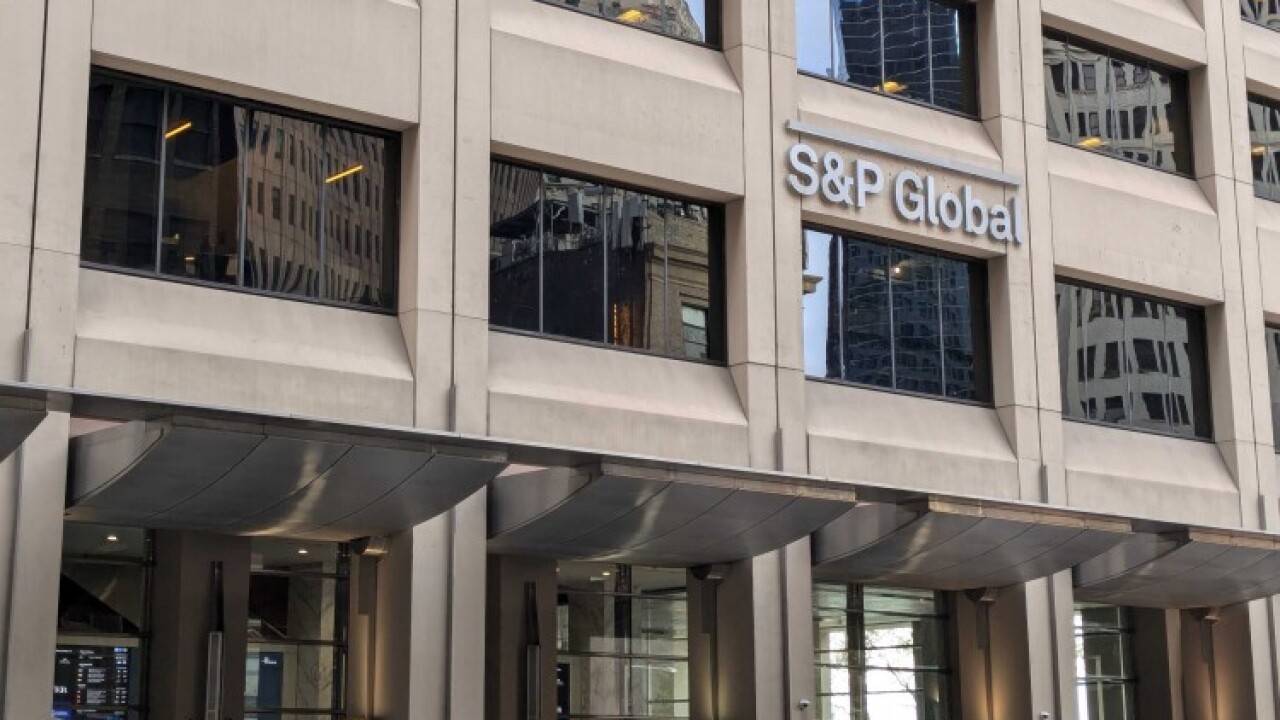WASHINGTON — Municipal issuers will sell an estimated $450.5 billion of long- and short-term tax-exempt debt in 2010, a 7.9% rise over the $417.5 billion estimated for 2009, while the number of taxable Build America Bonds issued in 2010 could be 50% more than this year’s total, according to a survey of broker-dealers last month compiled by the Securities Industry and Financial Markets Association.
The survey, compiled from the responses of 15 SIFMA member firms polled between Nov. 9 and Nov. 30, forecast 2009 and 2010 issuance figures and interest rates. Given the level of activity in the market since the survey began, some of the projections for 2009 are below already-achieved issuance levels.
The results found that in 2010 long-term bond sales could increase 8% to $347.5 billion, short-term notes could increase 5% to $68 billion.
The survey also projects that variable rate demand obligations could increase 17% to $35 billion next year, which is still well below the $110 billion Thomson Reuters data shows was sold in 2008.
Respondents projected that Build America Bond issuance would increase 46.5% to $85 billion from an estimated $58 billion this year, while tax credit municipal bond issuance could increase to $5 billion next year. All estimates represent the median responses.
The supply growth suggests municipal demand will remain strong next year though both supply and demand could be tempered if the BAB program is not extended, respondents said.
“Despite the fiscal difficulties at the state and local levels, the strong issuance forecast underscores the market’s appetite for municipal bonds and the ability of state and local governments to make use of different financing vehicles available to them, including BABs,” Randy Snook, SIFMA’s executive vice president for business and policy practices, said in a statement accompanying the survey.
The estimated growth in tax-exempt issuance will likely come from the market’s largest issuers, said Michael Decker, co-head of the municipal securities division at SIFMA. However, these are some of the same issuers that have the worst budgetary pressures heading into 2010.
“Most muni issuance is accounted for by a relatively small number of issuers relative to the total size of the market,” Decker said.
Most of the $30 billion to $40 billion increase in supply “will be accounted for by large issuers, but in relative proportion to the market as a whole where most dollar volume issuance is accounted for by large issuers generally,” he said.
Some of the largest debt-issuing states have been downgraded this year.
Decker said states facing fiscal pressure will need to balance demand for continued capital investment with the need to fund curtailed programs in light of their constrained finances.
“Our members think that the net effect will be a larger volume of bonds sold,” he said.
Researchers Chris Holmes and Alex Roever with JPMorgan, a firm not included in the SIFMA survey, said they expect $415 billion of taxable and
tax-exempt supply in 2010, according to a fixed-income outlook published Nov. 30.
Larger issuers, and California in particular, “are not expected to issue much more than they did in 2009,” the authors wrote.
The SIFMA respondents said BAB issuance is expected to surge next year as issuers will enjoy a full year with the taxable securities.
It could be the program’s last year, as the original authorization is set to expire at the end of 2010 with the rest of the tax credit provisions created by the American Recovery and Reinvestment Act.
However, more than half of the survey’s respondents said they based next year’s issuance estimates on the assumption that BABs would be extended by Congress.
Some market participants are calling on Congress to extend the program and expand it to include BABs for refunding deals. Decker said some municipalities will get better refunding savings with BABs than they would with tax-exempt bonds.
The survey respondents also made predictions for Treasury yields next year and expect interest rates to rise as inflation returns to the recovering economy. The 10-year Treasury note could be 3.75% at the end of March and could rise to 4.38% at year’s end, compared to a yield of 3.43% late yesterday.





